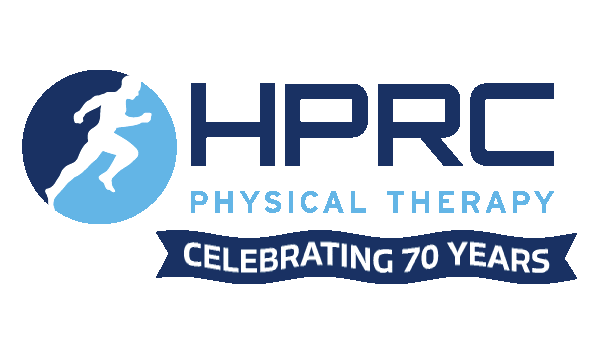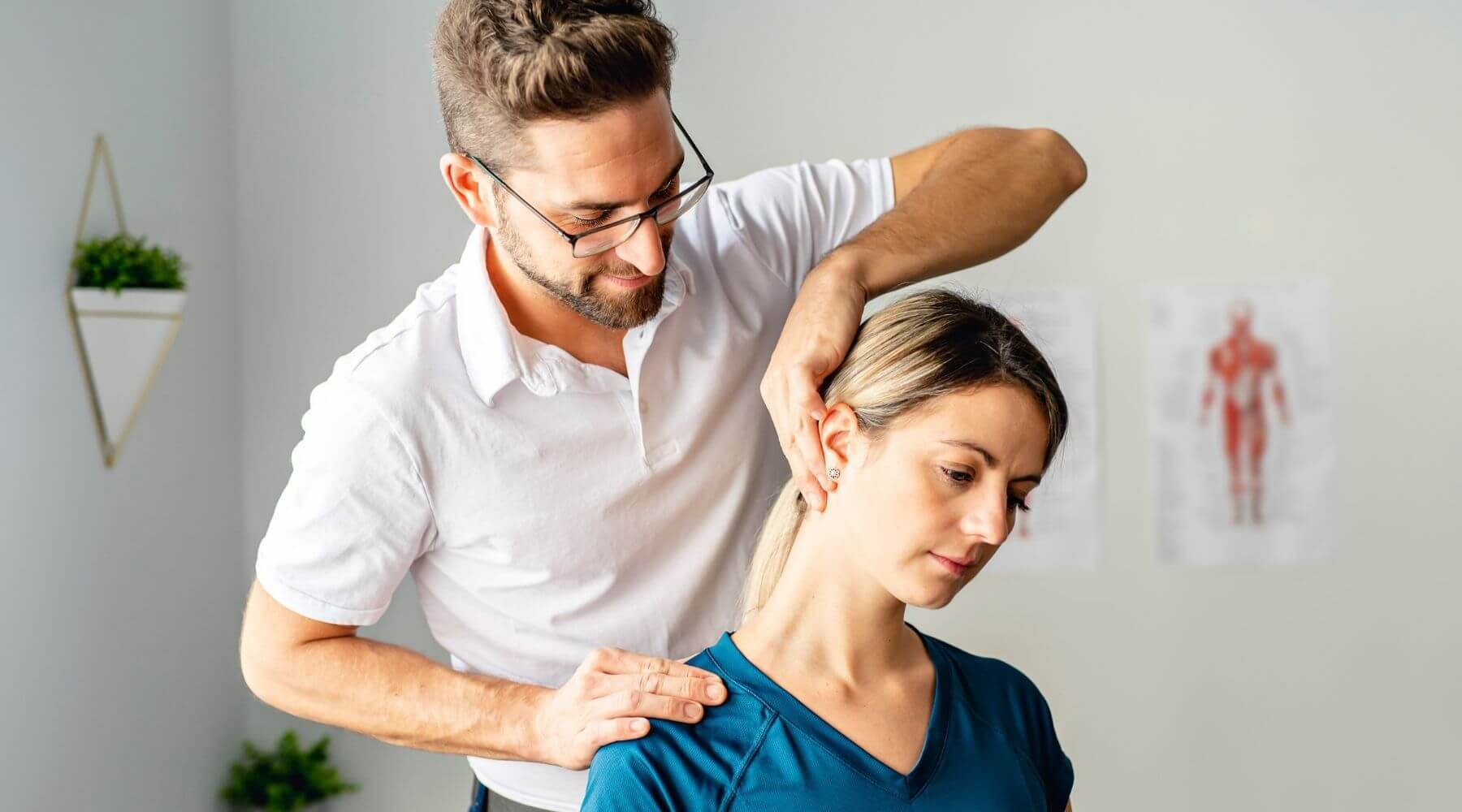Specialty Services
HPRC is a team of caregivers. We use a combination of tests and various diagnostic techniques in order to learn what's going on under the surface.
Whether you need physical therapy, occupational therapy, speech therapy, or a combination of the above, HPRC will focus on you, the patient. After developing a treatment plan, we can work to reverse those effects in a positive and productive way. By asking detailed questions, obtaining important information, and working with you one-on-one, we are able to determine a comprehensive solution to your health care needs.
Get in touch with us today to learn more about your therapy needs.
Vestibular Rehabilitation
Vestibular therapy (VRT) is an exercise-based program designed to promote central nervous system compensation for inner ear deficits. VRT can help with a variety of vestibular problems, including benign paroxysmal positional vertigo (BPPV) and the unilateral or bilateral vestibular hypofunction (reduced inner ear function on one or both sides) associated with Ménière’s Disease, labyrinthitis, and vestibular neuritis. Even individuals with long-term unresolved inner ear disorders who have undergone a period of medical management with little or no success may benefit from treatment. VRT can also help people with an acute or abrupt loss of vestibular function following surgery for vestibular problems. See more at https://vestibular.org.
Lymphedema Therapy
Lymphedema is swelling in the arms or legs due to a blockage in your lymphatic system. It is estimated that about one-third of women who undergo axillary lymph node dissection during breast cancer treatment will develop lymphedema. While identifying and treating lymphedema early helps ensure faster and better outcomes, treatment during the chronic stages of the disease can still benefit the patient.
You are at greater risk for lymphedema if you:
- Had surgical removal of lymph nodes in the underarm, groin, or pelvic region
- Received radiation therapy to the underarm, groin, pelvic region, or neck
- Have scar tissue in the lymphatic ducts, veins, or under the collarbones caused by surgery or radiation therapy
- Have cancer that has spread to the lymph nodes in the neck, chest, underarm, pelvis, or abdomen
- Have tumors in the pelvis, abdomen, or chest that involve our put pressure on the lymphatic vessels and/or the large lymphatic duct thereby blocking lymph drainage
- Have inflammation of the arm or leg after surgery
- Are older
- Have an inadequate diet or are overweight, as these conditions may delay recovery from surgery and radiation therapy
Dry Needling
Functional dry needling is a treatment technique that utilizes thin, solid filament needles to deactivate and desensitize trigger points in muscles. Myofascial trigger points are knots in muscles that can contribute to pain, decreased flexibility and decreased muscle function. Dry needling is the treatment of neuromusculoskeletal systems based on pain patterns, muscular dysfunction and loss of function.
It’s used to treat injured muscle (strains/tears) or overused or over-trained muscles (the result of fitness/exercise, repetitive motions), resulting in pain and weakness. Prime candidates for functional dry needling include individuals with tendonitis who have a muscular injury that has not improved, runners, cyclists, those training for fitness, and industrial athletes performing repetitive movements.
TMD, TMJ
Temporomandibular Joint Disorder (TMD) is a common condition that limits the natural functions of the jaw, such as opening the mouth and chewing. It currently affects more than 10 million people in the United States. It is sometimes incorrectly referred to as simply “TMJ,” which represents the name of the joint itself. TMD affects more women than men and is most often diagnosed in individuals aged 20-40 years. It can cause poor posture, chronic jaw clenching, poor teeth alignment, and fractures or conditions such as lockjaw, where the muscles around the jaw spasm and reduce the opening of the mouth. Physical therapists help people with TMD ease pain, regain normal jaw movement, and lessen daily stress on the jaw.
Kinesiotaping
The Kinesio Taping® method is a definitive rehabilitative taping technique that is designed to facilitate the body’s natural healing process while providing support and stability to muscles and joints without restricting the body’s range of motion, as well as providing extended soft tissue manipulation to prolong the benefits of manual therapy administered within the clinical setting. Latex-free and wearable for days at a time, Kinesio® Tex Tape is safe for populations ranging from pediatric to geriatric, and successfully treats a variety of orthopaedic, neuromuscular, neurological and other medical conditions.
Cupping
Cupping therapy is an ancient form of alternative medicine in which a therapist puts special cups on your skin for a few minutes to create suction. People get it for many purposes, including to help with pain, inflammation, blood flow, relaxation and well-being, and as a type of deep tissue massage. The cups may be made of glass, bamboo, earthenware, or silicone.
Spine Therapy
Our spine rehabilitation therapists are specialists in manual therapy and functional retraining of the cervical and lumbar spine utilizing their knowledge and expertise to address mechanical dysfunction, acute and chronic disc problems, degenerative spine disease, and care to the post-operative spine patient. Our specialists use manual therapy techniques, therapeutic exercise, and reconditioning programs to improve mobility, reduce pain, expedite healing and restore function to meet the desired goals of each individual patient.
Sports Performance
Given their training and educational background, our experts have a unique understanding of movement and how the body functions. Let them use that training and knowledge to evaluate your current level of health, strength, endurance, speed, agility, and trunk control. After an initial assessment, our experts will develop an individualized program to maximize your ability and performance. Get ready to elevate your game at HPRC.
ASTYM
ASTYM treatment is regenerative soft tissue therapy that rebuilds and heals the soft tissues of the body.
Astym treatment is safe and effective: It is one of the most researched and effective therapy treatments available. It is unmatched in its ability to resolve tendinopathies, scar tissue problems, and other soft tissue dysfunctions. Physicians have confidence in Astym therapy and regularly prescribe it specifically for their patients, advising them to confirm a clinician is Astym-certified by checking the listing under Find a Provider at www.astym.com
It really fixes the problem: Astym therapy doesn’t just treat the symptoms or hide a problem with a temporary solution. Instead, the Astym process stimulates the body to regenerate and remodel tissues. Response rates to Astym therapy are high, and most patients experience improvement quickly.
Research: Astym therapy was researched and developed by a skilled team of medical professionals, scientists, universities, and large hospital systems. It is perhaps the only therapy approach that was produced through rigorous scientific development: from theory through basic science investigation to clinical study and practice.
Astym® treatment safely and effectively stimulates scar tissue to be resorbed by the body and regenerates damaged soft tissues. It is highly effective in chronic conditions such as plantar fasciopathy, lateral epicondylopathy, chronic hamstring or groin injuries, tendinopathies and post-traumatic/post-surgical scarring – even when nothing else seems to work. It is also very effective on sprains, strains, and speeds recovery in acute and sub-acute soft tissue injuries.

